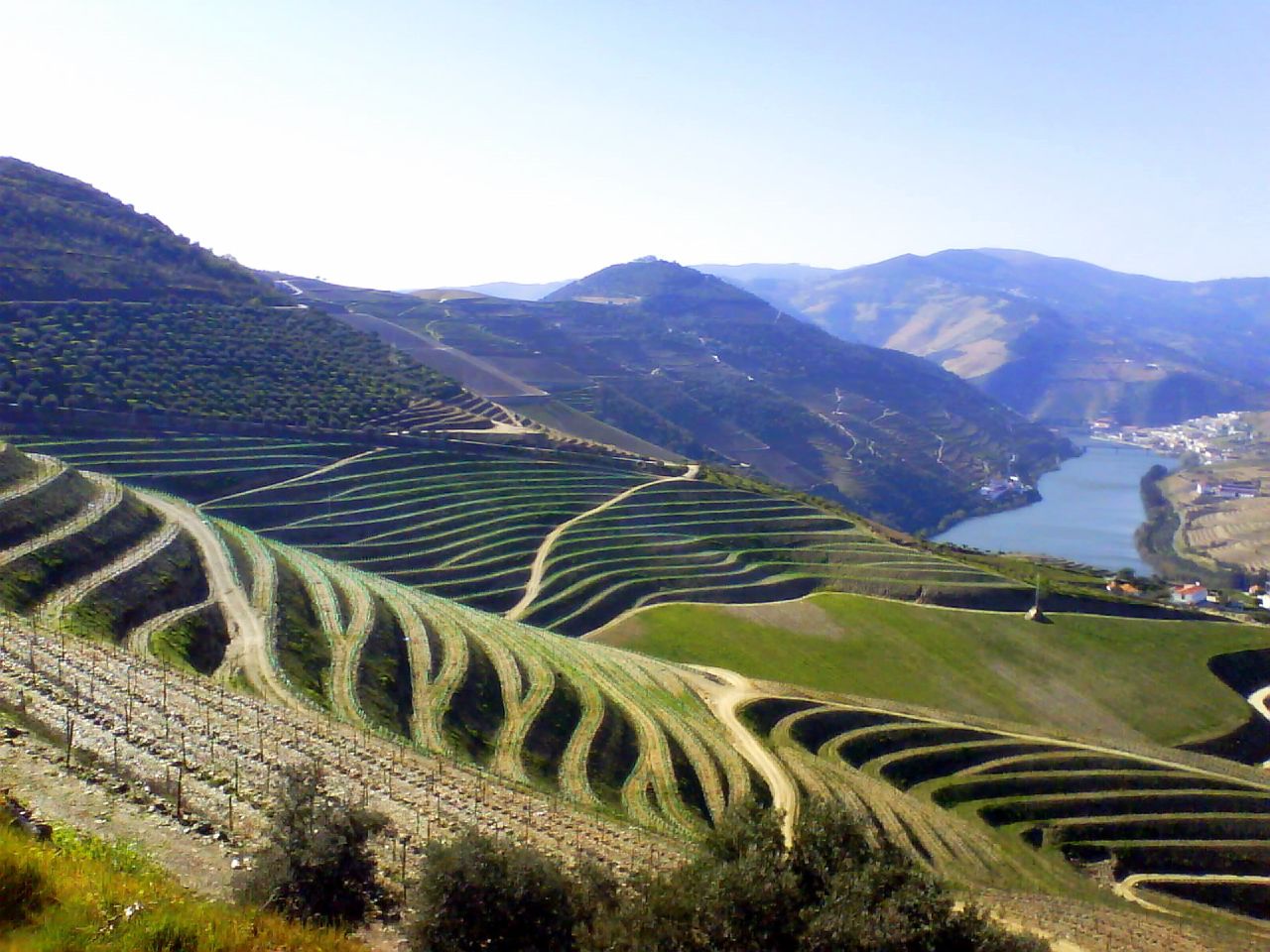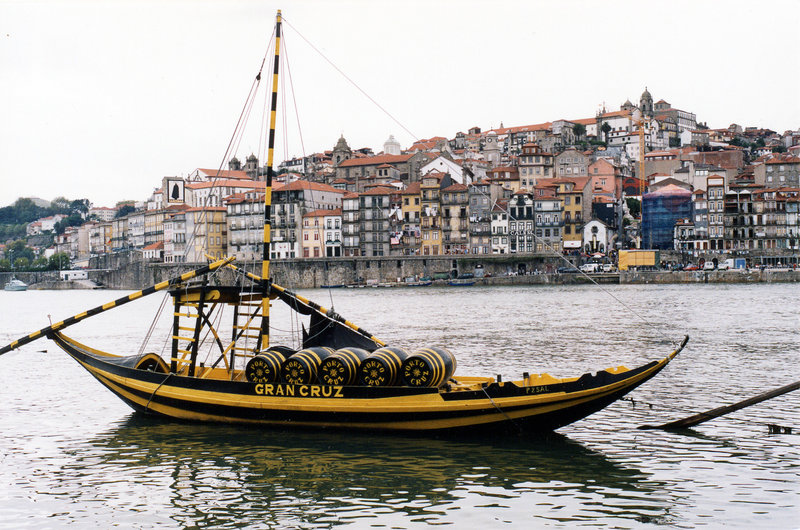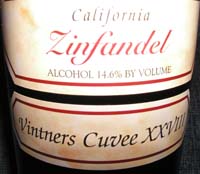|
Moreto
Moreto is a red Portuguese wine grape variety that is planted primarily in the Alentejo. As a varietal, the grape makes neutral wines. J. Robinson ''Jancis Robinson's Wine Course'' Third Edition pg 144 Abbeville Press 2003 Synonyms Moreto is also known under the synonyms Arruya, Castellao, Moreto d'Alenteijo, Moreto d'Alentejo, Moreto do Dão, Morito, Mureto do Alentejo, Tinta de Alter. Other grape varieties Moreto is also used as a synonym for the grape varieties Lambrusca di Alessandria, Camarate Tinto, Baga and Mureto. See also *List of Portuguese wine grape varieties History of Portuguese wine, Portugal's history of viticulture and Winemaking, vinification covers many centuries and has included the use of an extensive number native varieties. In addition, through experimentation and field trials a number of ne ... References {{reflist Red wine grape varieties ... [...More Info...] [...Related Items...] OR: [Wikipedia] [Google] [Baidu] |
List Of Portuguese Wine Grape Varieties
History of Portuguese wine, Portugal's history of viticulture and Winemaking, vinification covers many centuries and has included the use of an extensive number native varieties. In addition, through experimentation and field trials a number of new varieties have emerged and are now playing key roles in producing the country's wide array of Portuguese wines, wines. The relative absence of many international varieties such as Cabernet Sauvignon, Chardonnay and Semillon is another characteristic of this country's wine industry, although in recent decades many of these varieties have been brought into wider use as the lists below reveal. Portugal's wine production in 2019 was 6.5 million hectolitres (Mhl), consistent with its annual average since 2015, and the forecast for 2020 is also 6.5 Mhl. This industry makes an important contribution to the country's annual income by attracting a vigorous local market and by being exported all over the world with France, the United States, the ... [...More Info...] [...Related Items...] OR: [Wikipedia] [Google] [Baidu] |
Grape Variety
This list of grape varieties includes cultivated grapes, whether used for wine, or eating as a table grape, fresh or dried (raisin, currant, sultana). For a complete list of all grape species including those unimportant to agriculture, see Vitis. The term ''grape variety'' refers to cultivars rather than actual botanical varieties according to the International Code of Nomenclature for Cultivated Plants, because they are propagated by cuttings and may have unstable reproductive properties. However, the term ''variety'' has become so entrenched in viticulture that any change to using the term ''cultivar'' instead is unlikely. Single species grapes While some of the grapes in this list are hybrids, they are hybridized within a single species. For those grapes hybridized across species, known as interspecific hybrids, see the section on multispecies hybrid grapes below. ''Vitis vinifera'' (wine) Red grapes White grapes Rose Grapes ''Vitis vinifera'' (table) ... [...More Info...] [...Related Items...] OR: [Wikipedia] [Google] [Baidu] |
Mureto
Mureto is a red Portuguese wine grape variety. Synonyms Mureto is also known under the synonyms Malvasia Preta, Moreto, Mureto du Dão, Muretto, and Sillas. Other grape varieties Mureto is used as a synonym for the grape variety Camarate Tinto. Mureto do Alentejo is a synonym for Moreto. See also *List of Portuguese grape varieties Portugal's history of viticulture and vinification covers many centuries and has included the use of an extensive number native varieties. In addition, through experimentation and field trials a number of new varieties have emerged and are now pla ... References Red wine grape varieties Portuguese wine {{wine-grape-stub ... [...More Info...] [...Related Items...] OR: [Wikipedia] [Google] [Baidu] |
Portuguese Wine
Portuguese wine was mostly introduced by the Romans and other ancient Mediterranean peoples who traded with local coastal populations, mainly in the South. In pre-Roman Gallaecia-Lusitania times, the native peoples only drank beer and were unfamiliar with wine production. Portugal started to export its wines to Rome during the Roman Empire. Modern exports developed with trade to England after the Methuen Treaty in 1703. From this commerce a wide variety of wines started to be grown in Portugal. And, in 1758, one of the first wine-producing regions of the world, the '' Região Demarcada do Douro'' was created under the orientation of Marquis of Pombal, in the Douro Valley. Portugal has two wine-producing regions protected by UNESCO as World Heritage: the Douro Valley Wine Region (''Douro Vinhateiro'') and Pico Island Wine Region (''Ilha do Pico Vinhateira''). Portugal has a big variety of local kinds, producing a very wide variety of different wines with distinctive personality ... [...More Info...] [...Related Items...] OR: [Wikipedia] [Google] [Baidu] |
Alentejo Wine
Alentejo (''Vinho do Alentejo'', Alentejo wines) is a Portuguese wine region in the Alentejo region. The entire region is entitled to use the '' Vinho Regional'' designation Alentejano VR, while some areas are also classified at the higher '' Denominação de Origem Controlada'' (DOC) level under the designation Alentejo DOC. VR is similar to the French ''vin de pays'' and DOC to the French AOC. In the southern half of Portugal, the Alentejo region covers about a third of the country and is sparsely populated. In 2005, South Oregon University scientist Gregory V. Jones identified Alentejo ("southern Portugal" in his words) as the world's most challenged wine region (out of 27 world wine regions) from a climate change perspective. The region is noted for it vast cork production but has in recent years garnered attention for its table wine production.T. Stevenson ''"The Sotheby's Wine Encyclopedia"'' pg 329-333 Dorling Kindersley 2005 Some producers of this region still do wine in ... [...More Info...] [...Related Items...] OR: [Wikipedia] [Google] [Baidu] |
Baga (grape)
Baga is a red Portuguese wine grape variety planted primarily in the Bairrada DOC. As a varietal, Baga produces tannic wines with high acidity. J. Robinson ''Jancis Robinson's Wine Course'' Third Edition pg 130 Abbeville Press 2003 Synonyms Baga is also known under the synonyms Baga de Louro, Baguinha, Bairrada, Bairrado Tinta, Baya, Carrasquenho, Carrega Burros, Goncalveira, Morete, Moreto, Paga Dividas, Poeirinha, Poeirinho, Povolide, Preiinho, Pretinho, Preto Rifete, Rifete, Rosete, Tinta Bairrada, Tinta Bairradina, Tinta da Bairrada, Tinta de Baga, and Tinta Fina. See also *List of Portuguese grape varieties Portugal's history of viticulture and vinification covers many centuries and has included the use of an extensive number native varieties. In addition, through experimentation and field trials a number of new varieties have emerged and are now pla ... References {{reflist Red wine grape varieties ... [...More Info...] [...Related Items...] OR: [Wikipedia] [Google] [Baidu] |
Vitis Vinifera
''Vitis vinifera'', the common grape vine, is a species of flowering plant, native to the Mediterranean Basin, Mediterranean region, Central Europe, and southwestern Asia, from Morocco and Portugal north to southern Germany and east to northern Iran. There are currently between List of grape varieties, 5,000 and 10,000 varieties of ''Vitis vinifera'' grapes though only a few are of commercial significance for wine and table grape production. The wild grape is often classified as ''Vitis vinifera'' ''sylvestris'' (in some classifications considered ''Vitis sylvestris''), with ''Vitis vinifera'' ''vinifera'' restricted to cultivated forms. Domesticated vines have hermaphrodite#Botany, hermaphrodite flowers, but ''sylvestris'' is plant sexuality, dioecious (male and female flowers on separate plants) and pollination is required for fruit to develop. Grapes can be eaten fresh or dried to produce raisins, Sultana (grape)#Raisins, sultanas, and Zante currant, currants. Grape leaves ar ... [...More Info...] [...Related Items...] OR: [Wikipedia] [Google] [Baidu] |
Synonyms
A synonym is a word, morpheme, or phrase that means exactly or nearly the same as another word, morpheme, or phrase in a given language. For example, in the English language, the words ''begin'', ''start'', ''commence'', and ''initiate'' are all synonyms of one another: they are ''synonymous''. The standard test for synonymy is substitution: one form can be replaced by another in a sentence without changing its meaning. Words are considered synonymous in only one particular sense: for example, ''long'' and ''extended'' in the context ''long time'' or ''extended time'' are synonymous, but ''long'' cannot be used in the phrase ''extended family''. Synonyms with exactly the same meaning share a seme or denotational sememe, whereas those with inexactly similar meanings share a broader denotational or connotational sememe and thus overlap within a semantic field. The former are sometimes called cognitive synonyms and the latter, near-synonyms, plesionyms or poecilonyms. Lexic ... [...More Info...] [...Related Items...] OR: [Wikipedia] [Google] [Baidu] |
Portugal
Portugal, officially the Portuguese Republic, In recognized minority languages of Portugal: :* mwl, República Pertuesa is a country located on the Iberian Peninsula, in Southwestern Europe, and whose territory also includes the Macaronesian archipelagos of the Azores and Madeira. It features the westernmost point in continental Europe, its mainland west and south border with the North Atlantic Ocean and in the north and east, the Portugal-Spain border, constitutes the longest uninterrupted border-line in the European Union. Its archipelagos form two autonomous regions with their own regional governments. On the mainland, Alentejo region occupies the biggest area but is one of the least densely populated regions of Europe. Lisbon is the capital and largest city by population, being also the main spot for tourists alongside Porto, the Algarve and Madeira. One of the oldest countries in Europe, its territory has been continuously settled and fought over since prehistoric tim ... [...More Info...] [...Related Items...] OR: [Wikipedia] [Google] [Baidu] |
Vitis International Variety Catalogue
The Vitis International Variety Catalogue (VIVC) is a database of various species and varieties/cultivars of grapevine, the genus ''Vitis''. VIVC is administered by the Geilweilerhof Institute for Grape Breeding (''Institut für Rebenzüchtung Geilweilerhof'') in Siebeldingen, Germany, and contains information from grapevine collections existing in various institutes of viticulture around the world. As of April 2009, the information in the database brought together information from 130 institutions located in 45 countries, and contains about 18,000 entries. The database was started in 1983, and has been available online since 1996. Its initial creation was supported by the International Organisation of Vine and Wine and the International Board for Plant Genetic Resources, a forerunner of Bioversity International. The purpose of the VIVC database is to provide documentation on available grapevine genetic resources, and to be a source of information to grape breeders, viticultura ... [...More Info...] [...Related Items...] OR: [Wikipedia] [Google] [Baidu] |
Varietal
A varietal wine is a wine made primarily from a single named grape variety, and which typically displays the name of that variety on the wine label.The American Heritage Dictionary of the English Language, Fourth Edition, 2000.winepros.com.au. Examples of grape varieties commonly used in varietal wines are Cabernet Sauvignon, Chardonnay and Merlot. Wines that display the name of two or more varieties on their label, such as a Chardonnay- Viognier, are ''blends'' and not varietal wines. The term is frequently misused in place of vine variety; the term ''variety'' refers to the vine or grape, while ''varietal'' refers to the wine produced by a variety. The term was popularized in the US by Maynard Amerine at the University of California, Davis after Prohibition seeking to encourage growers to choose optimal vine varieties, and later promoted by Frank Schoonmaker in the 1950s and 1960s, ultimately becoming widespread during the California wine boom of the 1970s. Varietal wines a ... [...More Info...] [...Related Items...] OR: [Wikipedia] [Google] [Baidu] |
Lambrusca Di Alessandria
''Lambrusca'' is a genus of bristle flies in the family Tachinidae The Tachinidae are a large and variable family of true flies within the insect order Diptera, with more than 8,200 known species and many more to be discovered. Over 1,300 species have been described in North America alone. Insects in this fami .... There is one described species in ''Lambrusca'', ''L. uralica''. References Further reading * * * Tachinidae Monotypic Brachycera genera {{tachinidae-stub ... [...More Info...] [...Related Items...] OR: [Wikipedia] [Google] [Baidu] |






